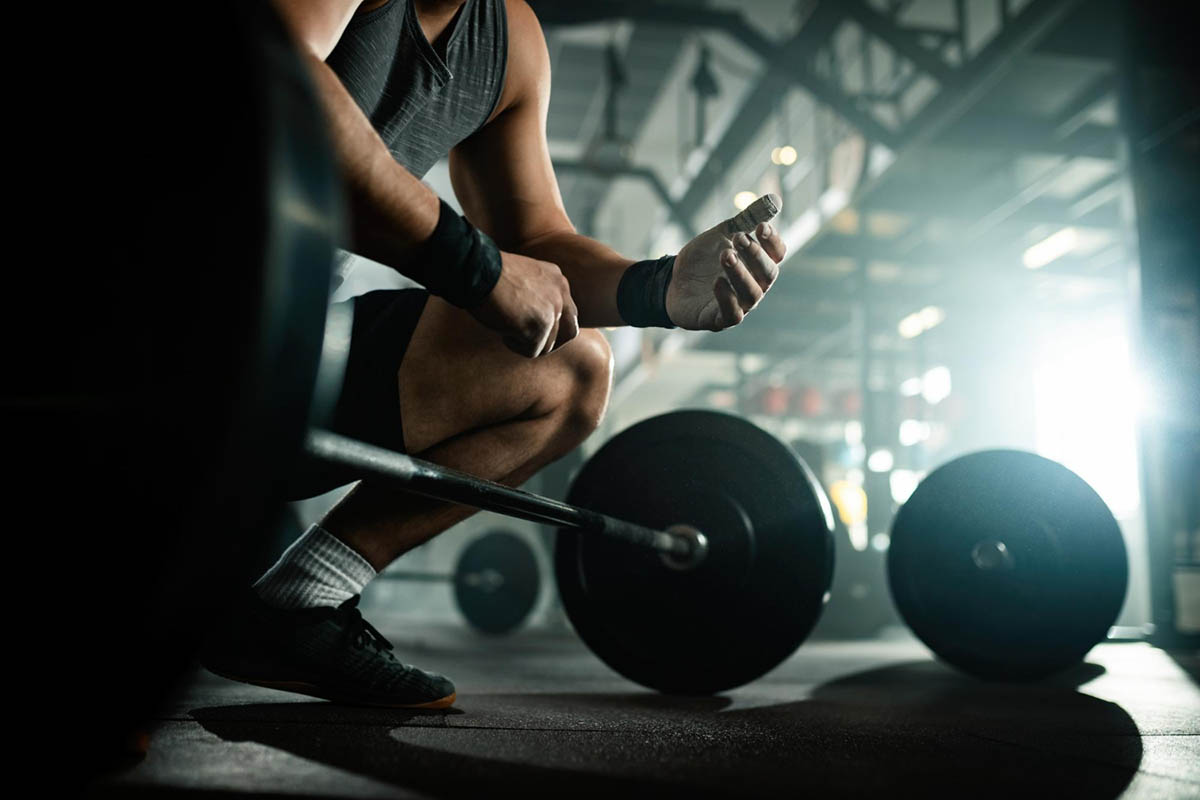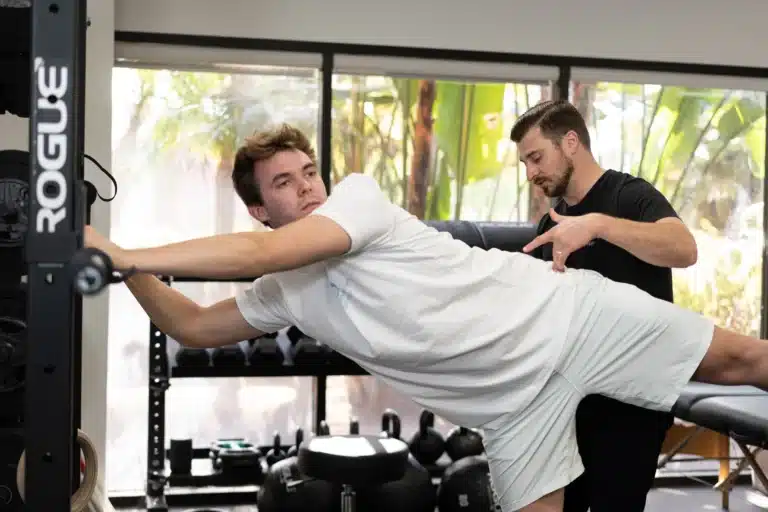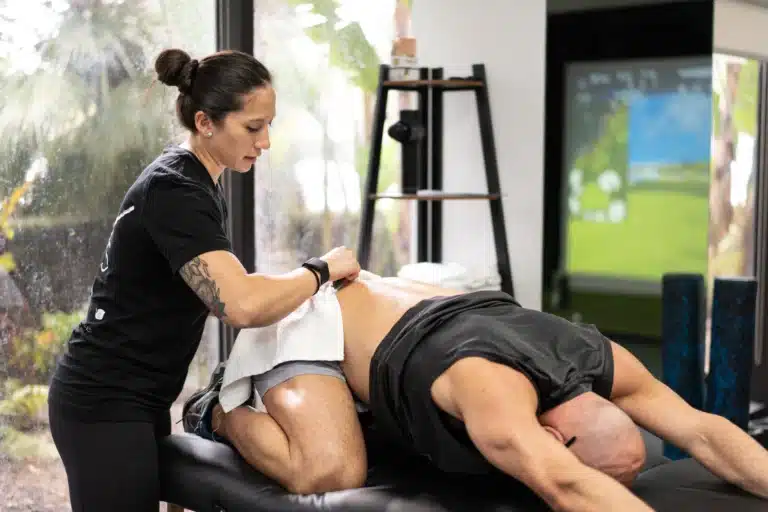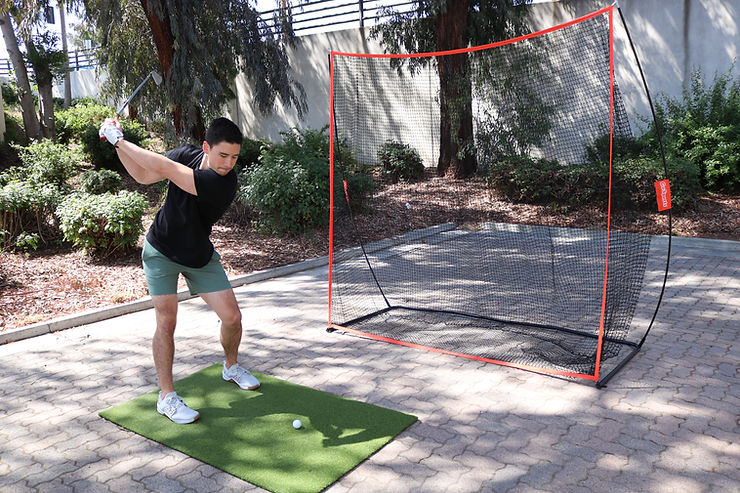Managing arthritis is a lifelong challenge for many, but physical therapy provides a non-invasive way to reduce arthritis pain and improve joint health. It offers a variety of physical therapy treatments that can alleviate the stiffness and discomfort caused by painful joints, helping patients maintain mobility and improve their quality of life. In this blog, we’ll explore the benefits of physical therapy for arthritis, key techniques used by therapists, and how you can incorporate these methods into your daily routine for better joint function.
How Can Physical Therapy Help Treat Arthritis?
Physical therapy for arthritis is an essential tool in managing the growing global concern surrounding arthritis. Osteoarthritis alone affects over 300 million people worldwide, accounting for roughly 7% of the global population. So, does physical therapy work for arthritis? Absolutely. It is a proven method for improving mobility, reducing pain, and increasing joint function. But is physical therapy good for arthritis in the long run? Yes, because it targets the underlying issues, helping to maintain joint health and manage symptoms effectively.
Arthritis, a condition that causes joint inflammation and pain, often leads to reduced mobility and discomfort. Physical therapy is one of the most effective ways to manage arthritis, offering a variety of techniques to enhance movement, relieve pain, and improve strength.
Increased Range of Motion
One of the first things arthritis affects is your ability to move your joints freely. Physical therapy treatments target joint pain and stiffness by focusing on gentle exercises to improve the range of motion. Therapists guide patients through movements that stretch the inflamed joints, making daily tasks easier and less painful. Exercise programs designed specifically for arthritis can help people regain lost mobility and flexibility.
Strengthened Muscles
Strengthening the muscles around your joints is essential for people with arthritis. Muscle strength reduces the burden on your joints, allowing them to function more effectively with less pain. Strengthening exercises in physical therapy treatments not only reduce pain but also prevent the further breakdown of joint disease. This is especially important for patients with knee osteoarthritis, where weakened muscles can exacerbate the pain.
Safe and Effective Use of Assistive Devices
Patients with severe arthritis or chronic conditions may need assistive devices like canes or walkers. Occupational therapists and physical therapists work together to show you how to use these tools effectively. By improving your posture and physical function, they ensure that you can carry out daily living tasks safely, minimizing the risk of falls or injuries. Proper use of these devices is key to maintaining independence.
Pain Management
Managing arthritis pain is one of the primary objectives of physical therapy exercise. Therapists use various pain-relief methods such as ice packs, cold therapy, and heat treatments to reduce discomfort in painful joints. These methods can provide temporary relief while more long-term strategies, such as exercise therapy, are implemented to strengthen muscles and increase joint flexibility. Consistent physical therapy also helps alleviate chronic pain, making daily life more manageable.
What Are the Goals of Physical Therapy?

The main goals of physical therapy for arthritis focus on maintaining mobility, reducing pain, and improving strength to support the joints. Since arthritis tends to worsen with age, physical therapy aims to slow down the progression of arthritis symptoms such as pain, swelling, and loss of mobility. Arthritis is especially common in older adults, and by addressing these issues early on, physical therapy helps reduce stiffness and discomfort while improving flexibility and overall joint health.
The main goals of physical therapy for arthritis are focused on maintaining mobility, reducing pain, and improving strength to support the joints. Let’s break these down further:
- Improving mobility: Physical therapy helps restore the use of affected joints by incorporating targeted exercises into your arthritis management plan. Regular exercise keeps joints flexible, reducing stiffness over time.
- Increasing strength: Strong muscles take the pressure off your joints, making it easier to move without pain. This is particularly important for people with knee osteoarthritis or rheumatoid arthritis, where joint disease can weaken the muscles around the affected area.
- Maintaining fitness: Aerobic capacity is crucial for overall health, especially for people with arthritis symptoms. Maintaining a healthy weight reduces the strain on your joints, making everyday movement easier.
- Preserving daily function: One of the primary goals of physical therapy is to ensure you can continue performing everyday tasks. Whether it’s getting dressed, climbing stairs, or carrying groceries, physical therapy helps maintain your ability to carry out daily tasks independently.
What Can a Physical Therapist Do for You?
Physical therapy and arthritis treatment are closely connected, as physical therapists play a critical role in managing the symptoms and improving joint function. By assessing your specific condition, they can create a tailored exercise program to alleviate arthritis pain, improve mobility, and support long-term joint health. In the United States, nearly 40 million people are living with arthritis, with the condition affecting one in every seven individuals. Although arthritis can impact people of all ages, it becomes more common as people age. Physical therapists play a critical role in providing tailored exercise plans and pain management techniques for those dealing with arthritis, helping them maintain an active lifestyle.
Physical therapists play a vital role in your arthritis management plan. They assess your individual needs and create a treatment for arthritis that is tailored to your condition. For example, they may design an exercise plan that incorporates physical activities to improve strength and flexibility without overstraining your joints. Physical therapists can also guide you on lifestyle changes that can help you maintain a healthy weight, as carrying extra body weight can worsen arthritis pain.
What Does a Physical Therapy Session Look Like?
A typical session of physical therapy for arthritis begins with an assessment of your pain levels, range of motion, and muscle strength. From there, your therapist will guide you through various exercises designed to improve your condition.
Sessions may involve:
- Stretching to improve flexibility in your joints.
- Strength exercises using equipment like resistance bands to target specific muscle groups.
- Aerobic exercises on low-impact machines like stationary bikes or treadmills, which help maintain aerobic capacity without putting excessive stress on your joints.
Regular attendance at these sessions helps you reap the beneficial effects of physical therapy. Patients with acute arthritis may also experience faster relief from inflammation and pain.
Best Types of Physical Therapy for Arthritis
The best physical therapy treatments for arthritis depend on the severity of the condition and the types of arthritis you’re dealing with. Here are some of the most commonly used types of equipment:
Weight Machines
Weight machines provide controlled resistance, which allows you to gradually strengthen your muscles without risking further damage to your joints. They are ideal for building muscle strength around painful, inflamed joints, such as those affected by knee osteoarthritis.
Aerobic Exercise Machines
Using low-impact aerobic exercise machines like stationary bikes or elliptical trainers is highly recommended for people with arthritis. These machines help maintain aerobic capacity while minimizing the impact on your painful joints, making them an excellent choice for exercise therapy.
Other Equipment
Foam Rollers
Foam rollers can be used for self-massage and myofascial release, which helps alleviate muscle tightness and improve blood flow to inflamed joints.
Exercise Balls
Exercise balls are used for balance and core-strength exercises, which can help patients regain stability and coordination. They are especially useful in improving overall physical function.
Resistance Bands
Resistance bands provide controlled resistance during exercise, helping you build strength without putting too much pressure on your joints. They are versatile and can be used in a variety of strengthening exercises.
Safety Tips for Exercising with Arthritis
Exercising with arthritis can be tricky, but with the right precautions, it can be highly beneficial for managing the condition. Here are some essential safety tips:
- Make sure to stretch: Stretching improves flexibility and helps prevent injuries. It’s especially important for people with arthritis to incorporate gentle stretches into their routine.
- Take it slow: Start with low-intensity exercises and gradually increase the difficulty as your strength improves. Overdoing it can cause adverse effects and worsen your arthritis.
- Do low-impact exercises: Swimming, cycling, and walking are great examples of low-impact exercises that improve joint function without putting too much pressure on your joints.
How to Find a Physical Therapist?

Finding the right therapist is essential for effective arthritis management. Look for therapists who specialize in arthritis treatments and have experience with patients with knee osteoarthritis or similar conditions. You can also ask your doctor for recommendations or consult local health directories.
Conclusion
Physical therapy for arthritis is one of the most effective, non-invasive ways to manage the pain and stiffness associated with arthritis. By incorporating regular physical therapy exercise into your routine, you can significantly improve your joint health, reduce chronic pain, and enhance your overall quality of life. Whether you’re dealing with rheumatoid arthritis, osteoarthritis, or other types of arthritis, physical therapy provides a path toward a more active and pain-free lifestyle.
At The Movement Schopp, we specialize in offering innovative solutions for managing arthritis through tailored physical therapy programs. Our expert therapists use a blend of proven Physical Therapy Massage Techniques to alleviate joint pain, increase mobility, and restore strength. Whether you are struggling with osteoarthritis or rheumatoid arthritis, we provide personalized care designed to enhance your quality of life and help you stay active. Ready to start your journey to pain relief? Request an appointment with us today to experience the benefits firsthand!
FAQs
Can Physical Therapy Make Arthritis Worse?
Physical therapy is designed to relieve arthritis pain, not make it worse. However, if exercises are done incorrectly or too intensely, it could exacerbate your condition. That’s why it’s important to follow the guidance of a trained therapist who can ensure you’re doing the exercises safely.
How Often Should I Attend Physical Therapy for Arthritis?
The frequency of physical therapy sessions depends on the severity of your arthritis and your individual needs. Most people with chronic conditions like arthritis benefit from attending sessions one to three times a week, along with following a home exercise plan.
Is Physical Therapy Covered by Insurance for Arthritis Treatment?
Yes, in many cases, physical therapy for arthritis is covered by insurance. Coverage varies depending on the provider and plan, so it’s best to check with your insurance company about what is included under your benefits.




